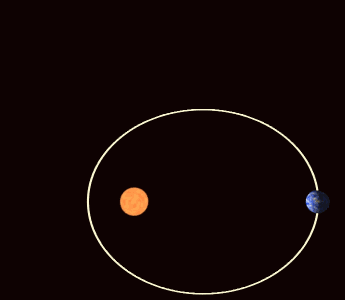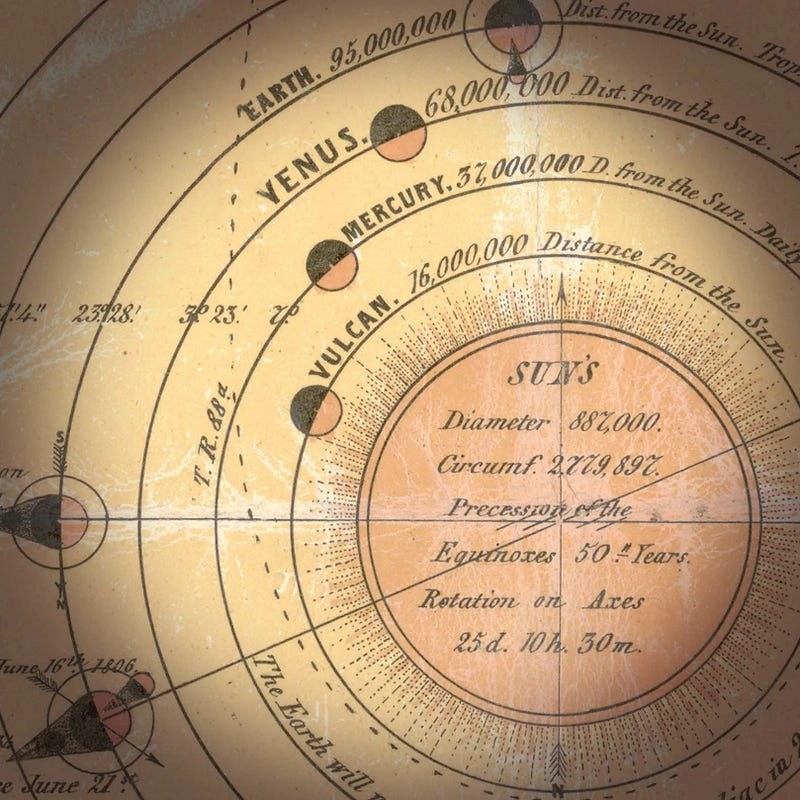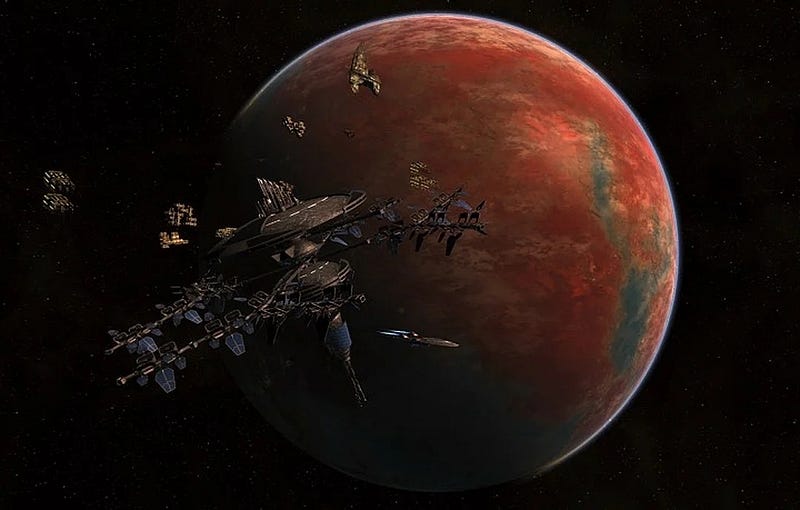The Enigmatic Planet Vulcan: A Historical Perspective
Written on
Chapter 1: The Hypothetical Planet Vulcan
Throughout the history of astronomy, scientists have often theorized about the presence of undiscovered planets within our solar system. In the past, the existence of the asteroid belt was attributed to a planet called Phaeton, which was thought to have existed but no longer does. Today, many scientists believe in the existence of another planet beyond Neptune, commonly referred to as Planet X. However, this discussion centers around a lesser-known hypothetical planet — Vulcan.
How Was the Idea of Vulcan Conceived?
The concept of Vulcan emerged in the mid-19th century when French astronomer Urbain Leverrier observed the precession of Mercury's perihelion. In simple terms, this means that Mercury's orbit gradually shifts as it revolves around the Sun. This phenomenon can be illustrated as follows:

Source: wikipedia.org
The challenge was that this shifting didn't align with Newtonian mechanics, prompting astronomers to investigate further. Leverrier hypothesized that an undiscovered planet between the Sun and Mercury could be responsible for this orbit alteration. By applying mathematical calculations, he proposed the existence of a planet that could account for Mercury's peculiar orbit, naming it Vulcan after the Roman god of fire and metalworking, akin to the Greek Hephaestus. The next step was to locate this elusive planet through observational efforts.
Observations of the Planet Vulcan
The scientific community welcomed Leverrier's hypothesis, especially since Neptune had been discovered just through theoretical predictions. This led astronomers to search for Vulcan in the Sun’s proximity.

Source: wikipedia.org
According to the Titius-Bode law, Vulcan was expected to have an orbital radius of about 16 million kilometers, prompting astronomers to begin their search. Soon, reports of sightings began to emerge. In 1859, a French astronomer named Lescarbeau claimed to have observed Vulcan. Many others also reported seeing a celestial object transiting across the Sun, potentially identifying it as Vulcan. However, these observations varied and could not be unified into a coherent orbital model, leading to a decline in reported sightings by the end of the 19th century.
Explaining Mercury's Orbital Anomalies
In the 1920s, Albert Einstein provided an explanation for the precession of Mercury's perihelion without invoking the hypothetical planet Vulcan, through his theory of relativity.

Source: wikia.com
Einstein's equations produced results that accurately matched observations, eliminating the need for Vulcan's existence and providing strong support for relativity.
By the late 20th century and into the early 21st century, spacecraft like SOHO and STEREO examined the area around the Sun and confirmed that no object larger than 3.5 kilometers existed between Mercury and the Sun.
What Did Astronomers Actually See?
It's worth noting that some who claimed to have observed Vulcan were not professional astronomers (like Lescarbeau, who was primarily a doctor), which may have led to misinterpretations. However, credible astronomers such as Lewis Swift and James Watson also reported sightings. Observing within Mercury's orbit poses significant challenges, as telescopes must be aimed very close to the Sun, where visibility is limited to eclipses. Improper telescope positioning can damage optics and harm the observer's vision.

The intense brightness of the Sun can create optical illusions, especially with the less sophisticated telescopes of the 19th century. This may explain why astronomers pursuing Vulcan were likely seeing reflections or mirages. As observational technology improved, these issues became less prevalent, leading to the cessation of Vulcan sightings.
Today, scientists acknowledge the possibility of small asteroids within Mercury's orbit, yet no such asteroid has been discovered. These hypothetical bodies are referred to as volcanoids.
The first video titled "Vulcan | The Planet That Didn't Exist" explores the historical context and scientific theories surrounding Vulcan's existence.
The second video, "Vulcan: The Planet That Never Was," delves deeper into the intriguing narrative of this hypothetical planet's place in astronomy.
Clappe if you want to see more articles about space in your feed!
Subscribe to our channel and ask your questions, which I will answer in the following articles.